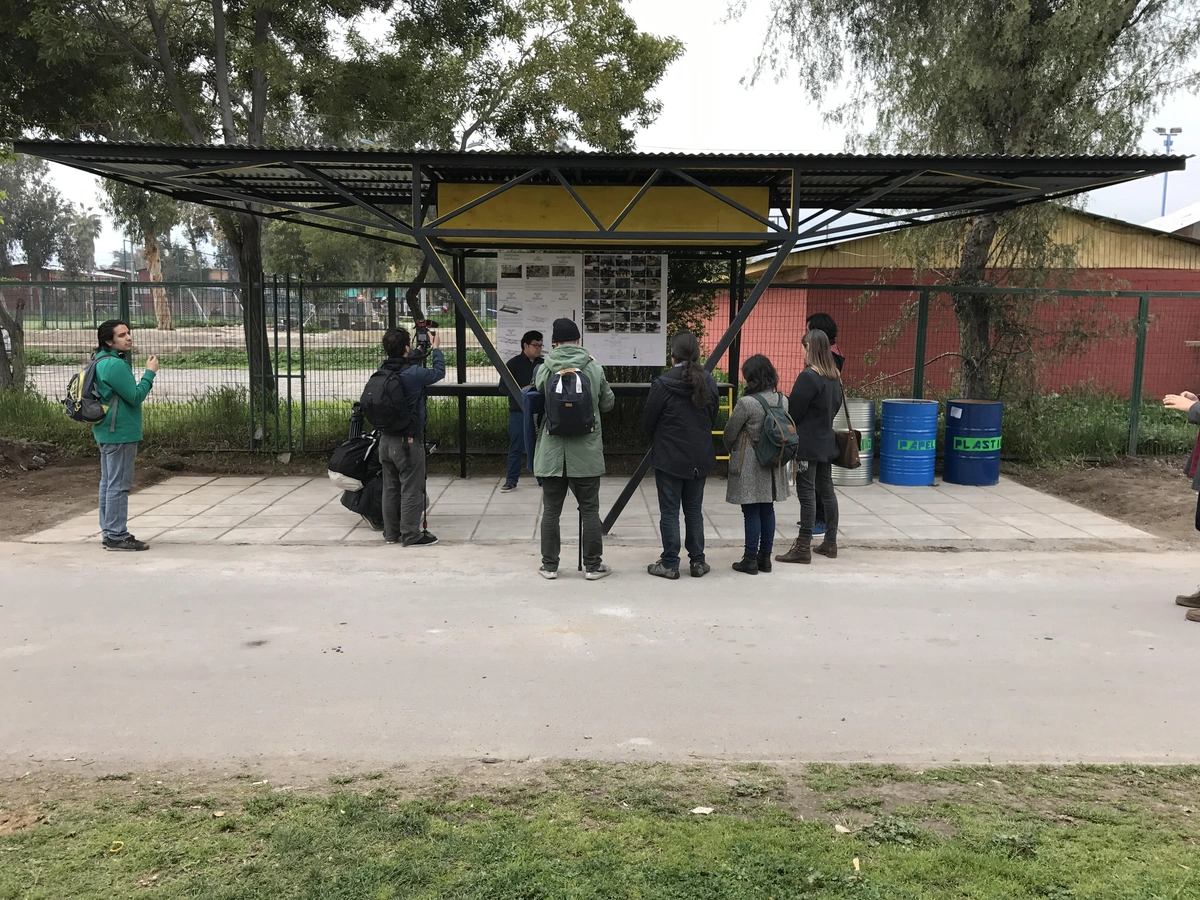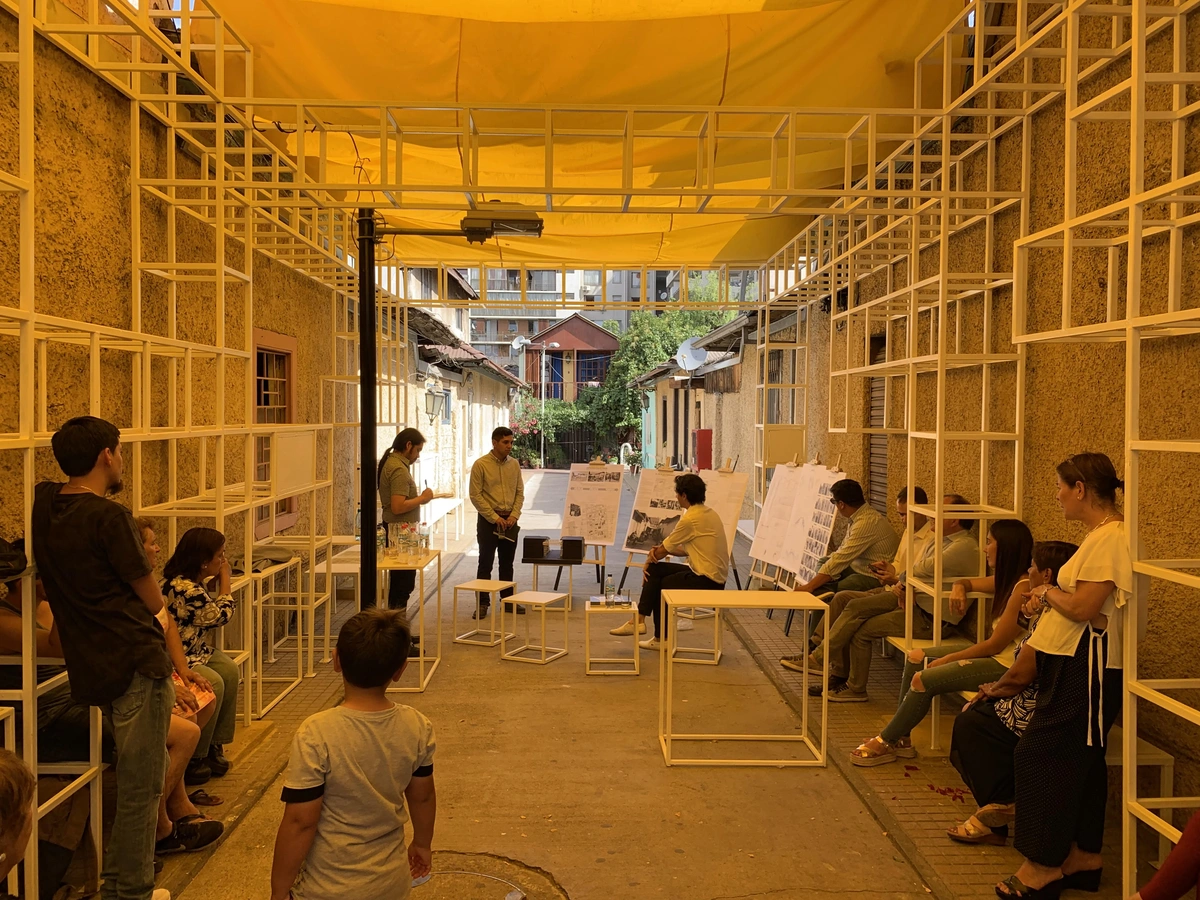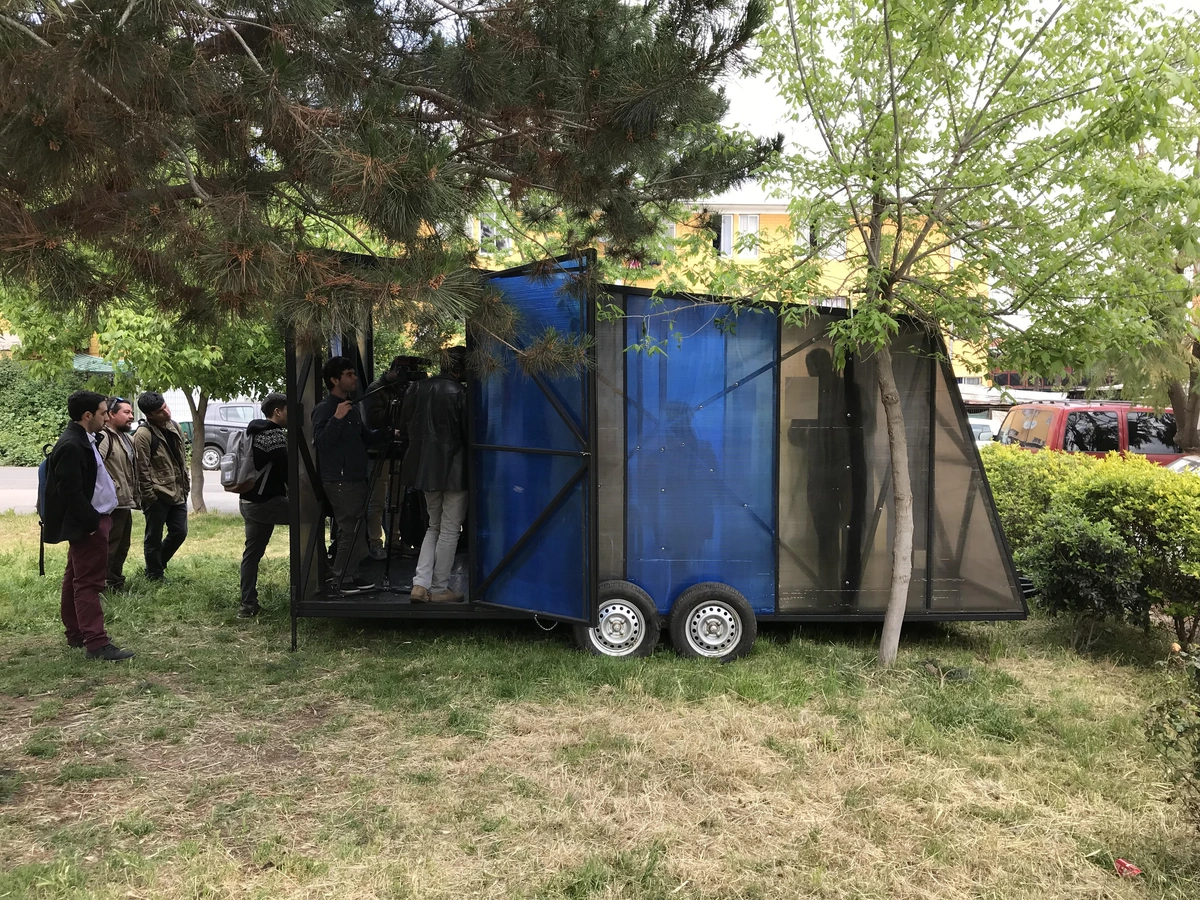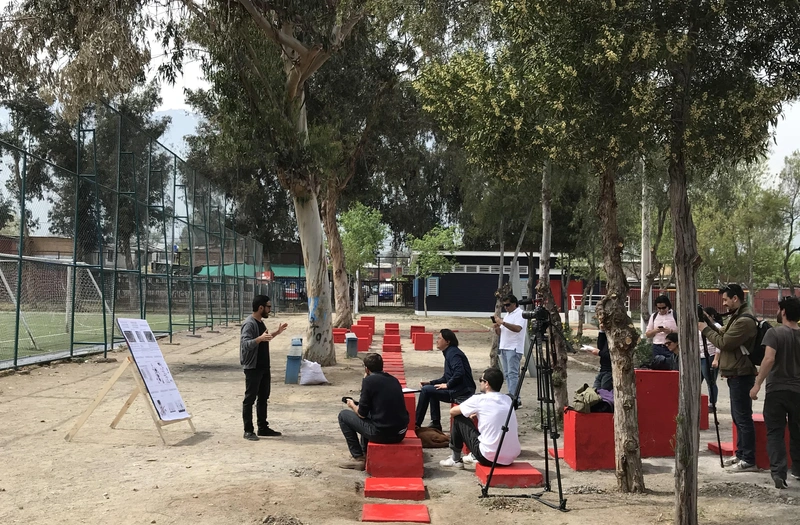In Chile, the UDLA School of Architecture seeks to test the academy with practice through tangible projects that address urban socio-spatial themes of local communities. Architecture has witnessed an awakening to go beyond institutional walls. More than a radical realization of the traditional pedagogy of architecture, Spatial Academy proposes a framework that provides a renewed breath to the classic disciplinary tools and architecture school agendas. The "Academy as a Practice" motto produces a more complex dialectical relationship between training and the profession, providing greater experiences to students and teachers to face the challenges of the 21st century.
Spatial Academy's "Academy as a Practice" motto goes far beyond architectural "solutionism," which in many cases is defined by the immediate needs of a community. By rethinking the contribution of architecture to society, it is possible to dissolve the limits that exist between academia and practice by bringing together students, teachers, and communities in a work of co-diagnosis, co-design, and co-implementation. By understanding the specific social dynamics, students can go from surface-level issues to the complexity revealed once they access the socio-spatial problems of each particular community. The architecture project can be understood as a diagnosis rather than a solution in this sense. Once the process has evidenced the socio-spatial problems within a given community, can the student access a level of debate to start the co-production process, a process in which the built project is just one manifestation of the relationship students learn to establish with their client: the neighborhood and its community.
Understanding the architectural project as diagnosis allows the motto "Academy as a Practice" to remove itself from the success or failure logic. For example, the project Space Maze uncovered a story of abuse in a park the student was working at, bringing to light a secret kept by the entire community that could only begin a healing process by acknowledging what had happened. Another project developed a thesis around the solutionist framework failures a homeless community faced, highlighting the lack of sanitary equipment, and proposed a temporary self-managed bathroom that dignified the lives of homeless people. They all offered theoretical-practical interventions that operated as a device for socio-spatial development and spatial agency.
First, students become teachers to the teaching staff through their commitment to issues raised by communities, allowing the team that guides the process to validate the knowledge taught via the undergraduate architecture curriculum.
Second, this approach to the thesis project exposes students to real spatial issues. Students engage in architecture making not simply through questions of style or form- a final project delivered without the frictions of reality - but rather a much more complex situation of negotiations between different actors. In this scenario, they can only strive to read symptoms of socio-spatial inequalities. The process reveals itself as a co-diagnosis which allows the student to have a final critical reading on the tools they have at their disposal as architects to impact the built environment. And understand that even if it is a design problem, it is not necessarily within architecture that you might find its solution.

Taller de Reciclaje / Recycling Workshop
Student César Gálvez
Professor JP Corvalán + Mathias Klenner
Neighborhood Los Húsares neighborhood, La Florida
State 2017-Unbuilt

Reja mediadora / Mediation fence
Student Gonzalo Quilodran
Professor JP Corvalán + Raimundo Isla
Neighborhood Última Hora neighborhood, Los Húsares
State 2018-modified

Baño recicladores / Homeless recyclers toilet
Student Felipe Vega
Professor JP Corvalán + Raimundo Isla
Neighborhood Plaza Tirzio de Molina
State 2020-unactive

Entrada Comunitaria cité / Community entrance
Student Cristian Gonzalez
Professor Gregorio Brugnoli + Diego Aguirre
Neighborhood: República neighborhood, Santiago
State 2018-Active

Centro Social Itinerante / Traveling Community Center
Student Kevin Améstica
Professor JP Corvalán + Mathias Klenner
Neighborhood Los Húsares neighborhood, La Florida
State 2017-unknown
Spatial Academy / School of Architecture, Faculty of Architecture, Construction, and Design, Universidad de Las Americas. The team is comprised of academics and adjunct professors at the school`s undergraduate thesis program that since 2017 guides students in the development of a built architectural project in a process of co-design with communities in vulnerable neighborhoods. This undergraduate thesis program is supported and facilitated by the Communities Intervention team at Universidad de Las Americas.
In the years since its inception, the following architects have taught at the school: Al Borde, Grandeza Bajeza, Alejandro Soffia, Rodrigo Brugnolli, República Portátil, Lys Villalba, Husos, Cristina Goberna, Anna Bach, Mathias Echanove / URBZ, José Francisco Vergara, Claudia Oliva, Valeria Farfán, Diego Aguirre, Mauricio Nilo, Juan Pablo Corvalán, Leandro Cappetto, Paulina Alvarado, Macarena Solar, Mathias Klenner, Raimundo Isla, Linda Schilling

Sendero Público / Public Path
Student Mauricio Nilo
Professor JP Corvalán + Mathias Klenner
Neighborhood Los Húsares, La Florida
State 2017-Active